
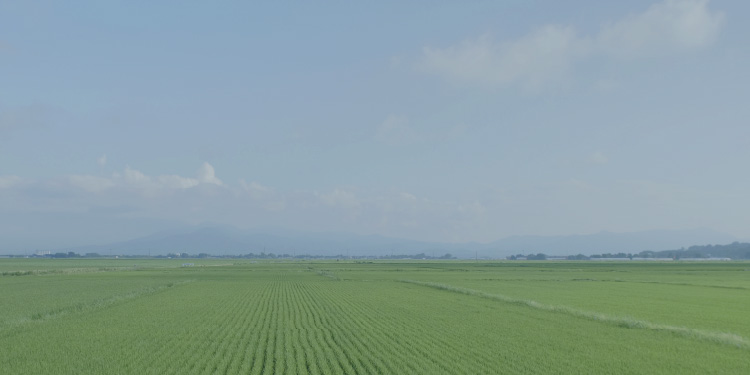


Following the trail of Samurai Silk, we visited the city of Tsuruoka in the Shonai region of Yamagata Prefecture. Yamagata Prefecture sits along the Sea of Japan, and Tsuruoka is only an hour away from Tokyo by airplane. Nature and faith exist in profound depths amongst the beautiful pastoral landscape, along with history and food culture not found anywhere else. Come along and experience what we discovered.

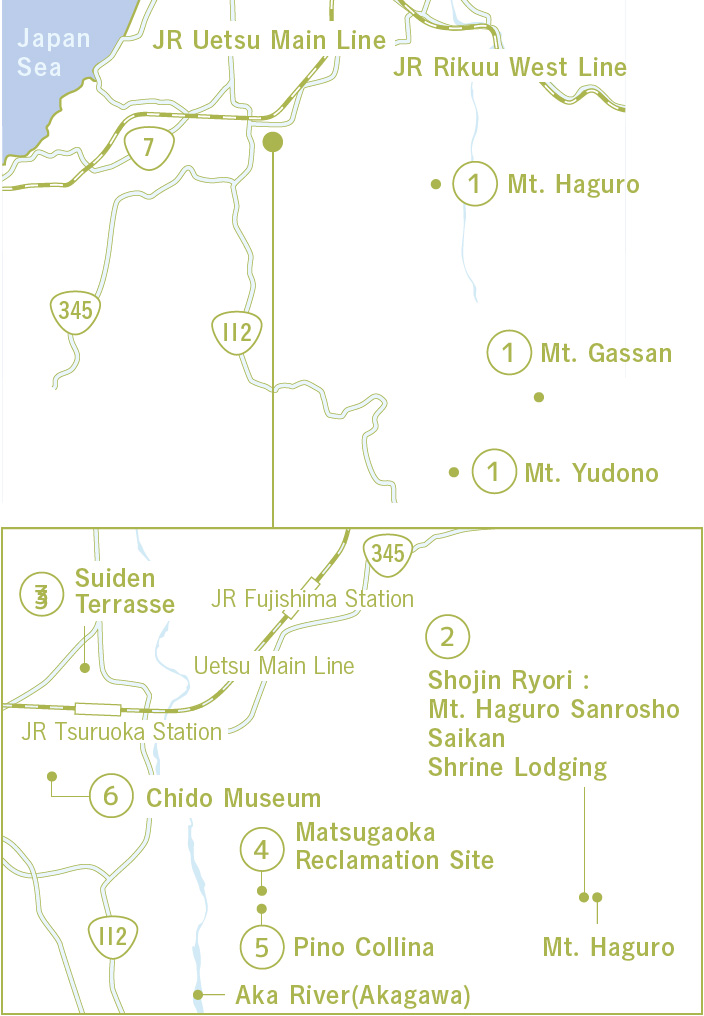

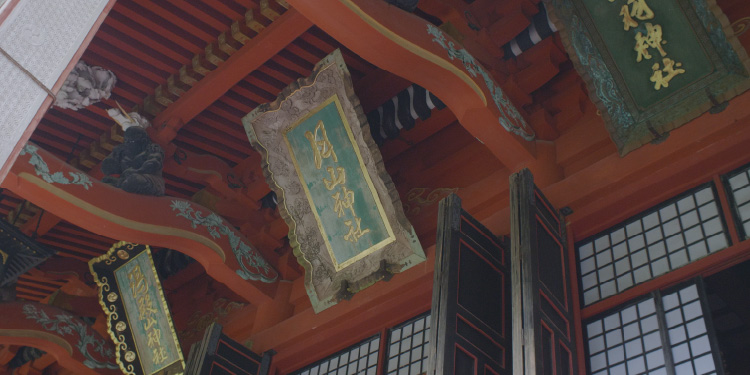
Common folk have long made pilgrimages to Dewa Sanzan (“Three Sacred Mountains of Dewa"), a journey held in such high regard that there is an expression in Japanese about making a pilgrimage to Ise Grand Shrine (Ise Jingu) in the West and to Dewa Sanzan in the East. The mountains are considered sacred in Japanese mountain asceticism, and Matsuo Basho also visited Dewa Sanzan as part of the journey he took when writing Back Roads to Far Towns (Oku no Hosomichi). Mt. Haguro represents the present, Mt. Gassan represents the past and Mt. Yudono represents the future. Visiting the three mountains in this order is said to lead to spiritual rebirth.

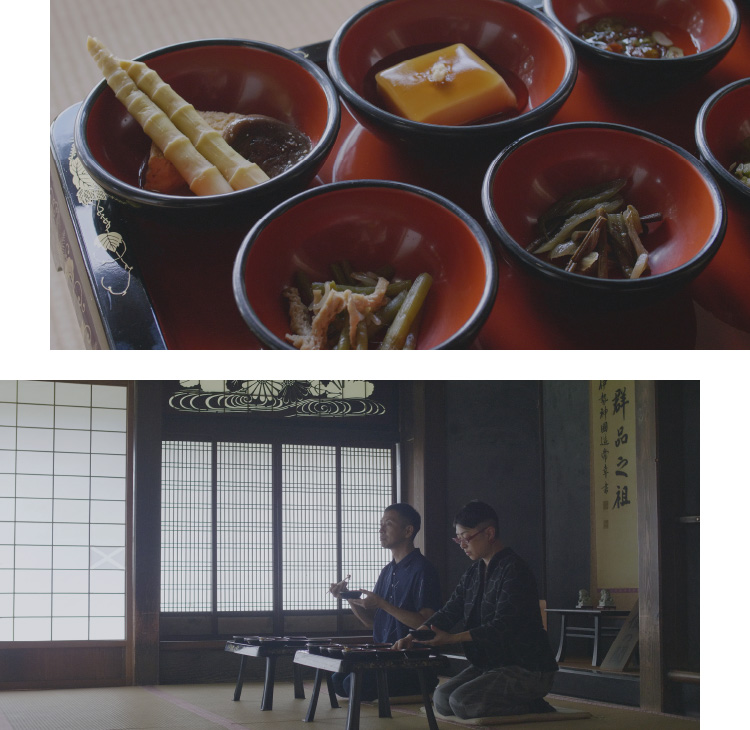
At Saikan, the temple lodging that sits atop Mt. Haguro, pilgrims spend the night and partake of shojin ryori (ascetic cuisine). The cuisine here is inspired by what yamabushi (mountain ascetics) ate to survive in the harsh mountain environment, picking wild vegetables, mushrooms and bamboo shoots on Dewa Sanzan and removing their bitterness to make them palatable. After climbing up the approach to Saikan, the shojin ryori we ate felt like it purified our bodies with the goodness of nature.

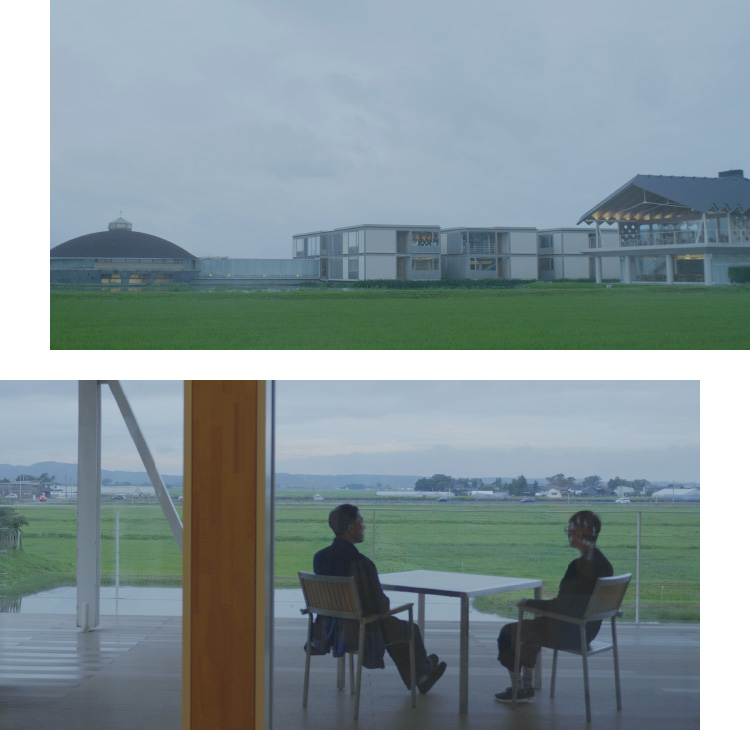
Suiden Terrasse seems to float in the middle of rice fields. The hotel was designed by internationally renowned architect and laureate of the Pritzker Architecture Prize, Shigeru Ban. Each season offers a different view of the rice growing in the rice fields surrounding the hotel. When we went to soak in the outdoor baths, we could hear frogs croaking and see egrets flying in the moonlight. It was magical!

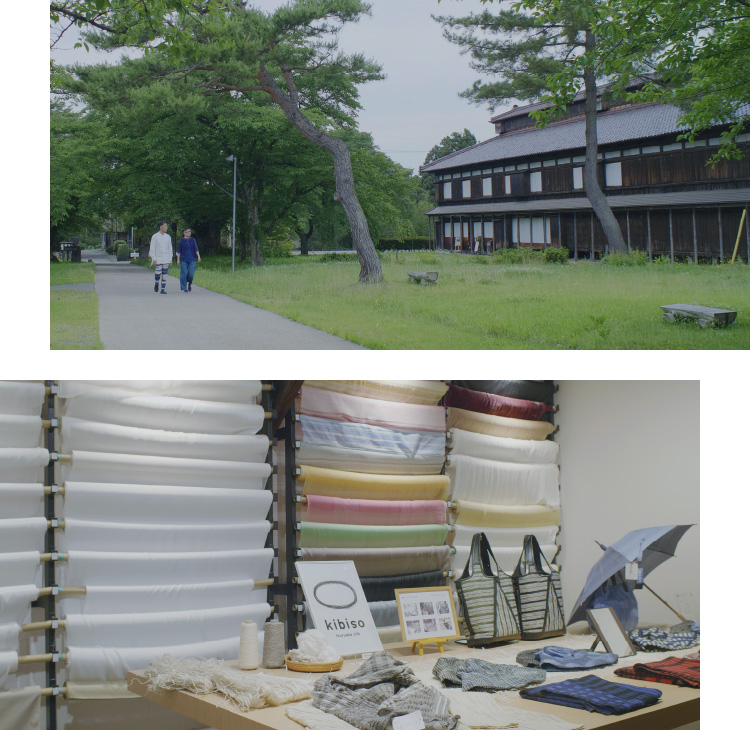
After the Meiji Restoration, 3,000 samurai from the former Shonai domain cultivated mulberry orchards on land they reclaimed and built buildings for sericulture (silk farming). The rooms for raising silkworms were built using wood and roof tiles that the samurai brought over from their abandoned castle. Today, the building here is used as a museum to showcase the history and future of silk and as a Samurai Silk shop. This historic silk farming building has also been registered as a Japan Heritage site. The passion and perseverance of these predecessors emanated from the wooden pillars of the building.

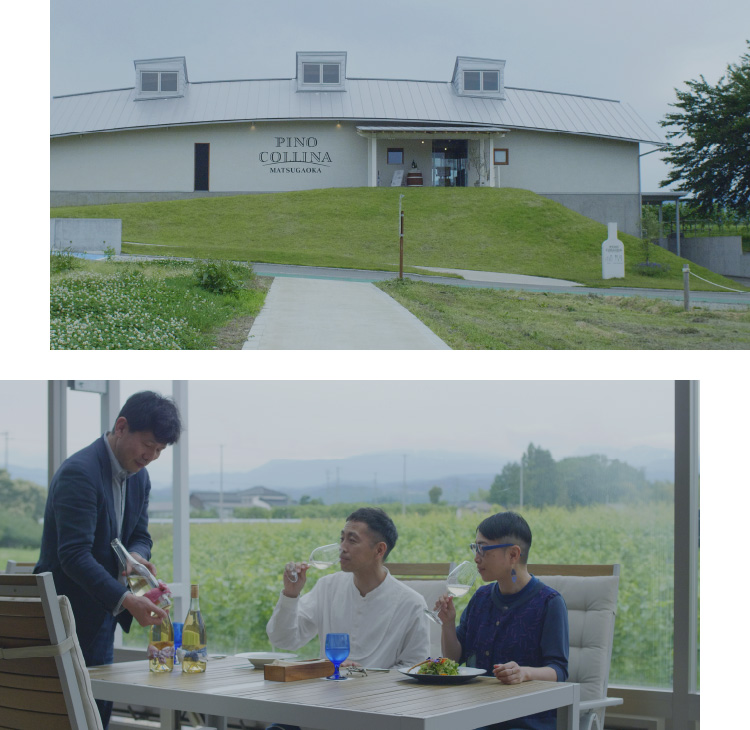
Pino Collina is a new winery located next to Matsugaoka Craft Park. Land reclaimed by samurai that used to be a mulberry orchard is now covered in vineyards, signaling a new page in the history of Matsugaoka. Pino Collina also has a restaurant. Nothing is better than sipping natural wine while gazing at Mt. Gassan!


Chido Museum houses a collection of cultural artifacts from the Sakai family as well as folklore materials and a number of historic buildings from the Shonai region. The garden residence that was a favorite of the feudal lord and a home dating from the Edo Period were special highlights. And the collection of iwai-bandori, or straw backpacks used on congratulatory occasions, was incredible! These straw backpacks were used as cushioning when carrying things on one's back, namely the household goods a bride would bring with her, and the designs were all wonderfully creative. The backpacks were apparently made by fiancés for their brides-to-be. What love they show!
職種:店舗販売 / 営業 / 生産管理 / パタンナー / デザイナー
正社員登用、給与は経験により相談。月20万円以上。
年齢性別不問。
厚生年金、健康保険、雇用保険等完備。交通費支給、賞与。
ご希望の方は、メールにて履歴書と職務経歴書をお送り下さい。
通過者のみ面接の返信をいたします。なお募集の職種は時期によって異なる場合があるのでお問い合わせください。
*学生のインターンは随時可能ですので、希望者は面接いたします。
送信先メールアドレス:matohu@lewsten.com
◇ matohuの理念
「日本の美意識が通底する新しい服の創造」をコンセプトに文化や歴史を大切にしながら、現代人の心に響く魅力ある「デザイン」を生み出すこと。それを深い「言葉」で表現し、共感者の輪を拡げて行く「場」を作って行くこと。
この3つを通して、多様で心豊かな世界をともに作り上げることがmatohuのプロジェクトであり、理念です。
◇ 仕事のやりがいと人間的成長
まかされた仕事を自分の創意で工夫していける環境です。1Fはショップ、2Fはアトリエになっており、デザイナーと直接話しながらアイデアを実現していけます。また文化、歴史など幅広い知識を学ぶ機会も多く大人の教養と礼儀が身につき、人間的にも成長できます。
人の心に彩りを添えるデザインを生活のなかに!を合い言葉にこれから世界に向けて発信するmatohuのスタッフを募集します。